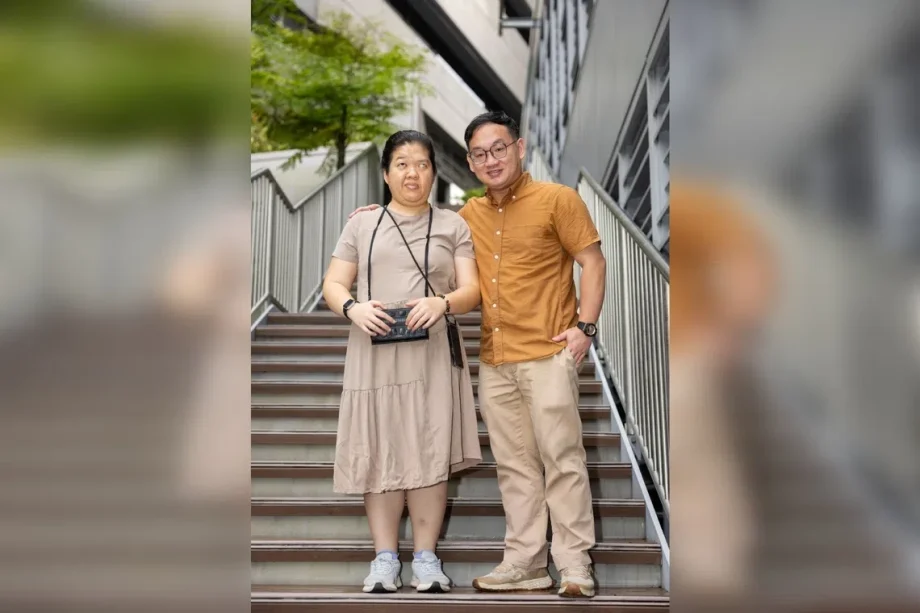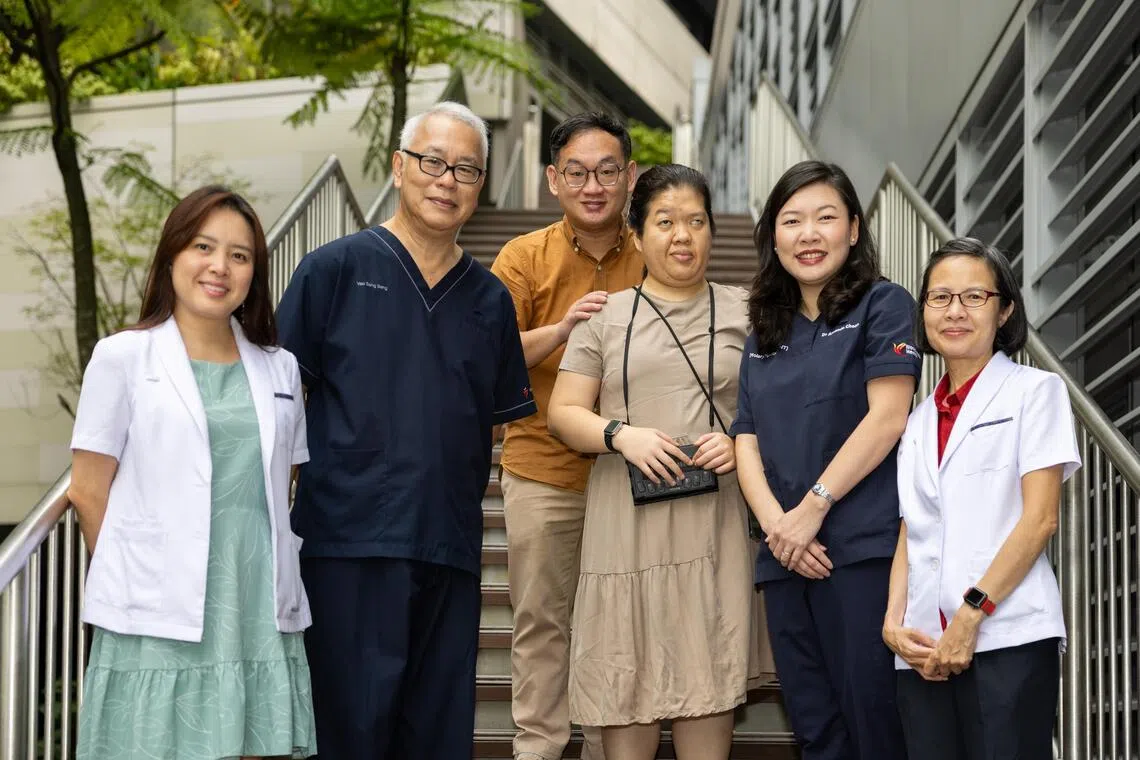SINGAPORE – Life for Ms Tan Siew Ling, 38, an assistant manager in the innovation division at SG Enable, is not only dark, it is also silent.
Ms Tan lost her sight when she was 10 and, after fully depending on her hearing after, she also lost that when she was 32.
“She was around the age of eight or nine when she complained she could not see very well. Thinking it was short-sightedness, our mother brought her to the optician to get a pair of glasses made. It did not help her at all,” her brother and primary caregiver Tan Yan Cai, 41, told The Straits Times.
She was then brought to the Singapore National Eye Centre, where she was diagnosed with vision loss due to weak optical nerves. To prepare her for a life of blindness, she went to the Singapore Association Of The Visually Handicapped to learn braille, he said.
Determined not to let her visual impairment hinder her education, Ms Tan completed her secondary education, passed her A levels and pursued a degree in business administration at the London School of Economics and Political Science.
“I did so relying on my hearing and from close friends motivating me and cheering me on. I do not want to be a burden to anyone – not friends, not family. With my education and a well-paying job, I would say I am now financially independent,” she said.
However, Ms Tan faced further challenges as her hearing began to deteriorate. In 2016, she lost hearing in her left ear, just a year after her mother’s death. And in 2019, hearing in her right ear was gone too.
Dr Amanda Cheang, who is currently a consultant with the department of otorhinolaryngology at Woodlands Health, said when Ms Tan lost her hearing in her left ear, an MRI scan showed that it was due to a growth on the nerve responsible for hearing.
With her vision loss as a child and hearing loss in adulthood, doctors suspected she had neurofibromatosis type 2 (NF2), a rare genetic disorder that causes benign tumours to grow on nerves, including those affecting the brain and spinal cord.
The estimated prevalence of NF2 is one in 50,000 people worldwide.
“NF2 is caused by mutations in the NF2 gene located on chromosome 22, which encodes a protein called merlin, which functions as a tumour suppressor. When it is inactive or defective, nerve cells can grow uncontrollably and form tumours,” said Dr Cheang, who is also a visiting consultant at Tan Tock Seng Hospital (TTSH).







